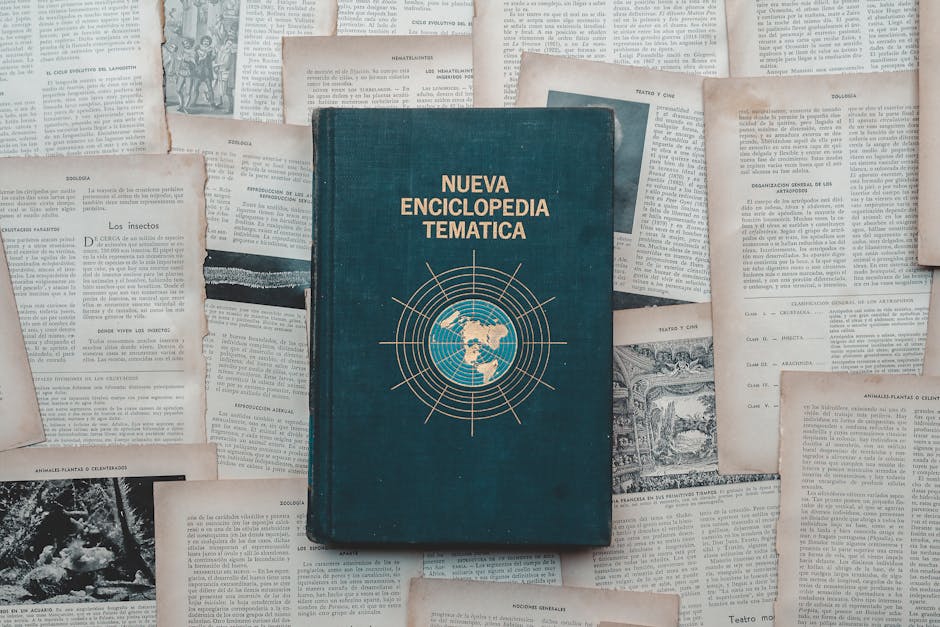Meet the Visionaries of Spanish Literature
Spanish literature offers a rich tapestry of stories, ideas, and emotions. But who are the minds behind this vibrant world? From classic novels to modern poetry, Spanish writers have shaped the literary landscape. Lets explore their contributions and discover what makes them truly visionary.
Who Are the Key Figures in Spanish Literature?

When we think of Spanish literature, a few names often stand out. Here are some of the most influential figures:
- Miguel de Cervantes: Often called the father of the modern novel, Cervantes wrote “Don Quixote,” a story that blends humor and depth.
- Federico Garca Lorca: A poet and playwright, Lorca captured the essence of Spanish culture and it’s struggles in works like “Blood Wedding.”
- Gabriel Garca Mrquez: Though Colombian, his influence on Spanish literature is undeniable. His “One Hundred Years of Solitude” showcases magical realism at it’s best.
- Mario Vargas Llosa: A Nobel Prize winner, Vargas Llosa explores themes of power and society in novels like “The Time of the Hero.”
These writers are just the tip of the iceberg. The world of Spanish literature is filled with countless others, each adding their unique voice and perspective.
What Makes Spanish Literature Unique?

Spanish literature is known for it’s vivid storytelling and rich themes. But what truly sets it apart? Here are a few key features:
- Passion and Emotion: Spanish writers often infuse their work with deep feelings. This makes their stories resonate on a personal level.
- Cultural Reflection: Many works mirror the complexities of Spanish society. They tackle issues like tradition, politics, and identity.
- Language and Style: Spanish is a beautiful language. Writers use it to create lyrical and rhythmic pieces that enchant readers.
These elements make reading Spanish literature a unique experience, allowing readers to connect with both the text and the culture.
Why Is Cervantes Considered a Visionary?

Miguel de Cervantes is often hailed as one of the greatest authors of all time. But what makes him a visionary? His most famous work, “Don Quixote,” was published in two parts in 1605 and 1615. it’s not just a story about a man who thinks hes a knight; it’s a deep exploration of reality and illusion.
Cervantes introduced complex characters, breaking the mold of traditional storytelling. He showed that literature could reflect real human struggles and aspirations. His work paved the way for modern novels, influencing countless writers around the world.
How Did Garca Lorca Influence Spanish Poetry?

Federico Garca Lorca is another towering figure in Spanish literature. His poetry is known for it’s emotion and musicality. In works like “Gypsy Ballads,” Lorca blends the beauty of nature with themes of love and death.
He wasn’t afraid to tackle difficult subjects. Lorca’s works often reflect the societal issues of his time, including oppression and the quest for freedom. His passion for flamenco music and Spanish folklore also shines through, making his poetry rich and vibrant.
What Is Magical Realism, and Who Pioneered It?
Magical realism is a literary style where magical elements blend with the real world. It creates a dreamlike quality in storytelling. Gabriel Garca Mrquez is one of the most notable writers associated with this style.
His novel “One Hundred Years of Solitude” tells the story of the Buenda family over several generations. The magical elements, like the character who can fly, are woven into everyday life. This technique allows readers to see reality through a different lens.
What Themes Are Common in Spanish Literature?
Spanish literature covers a wide range of themes. Here are some of the most common:
- Identity: Many writers explore what it means to be Spanish. They delve into cultural heritage and personal identity.
- Societal Issues: Social justice, politics, and human rights are frequent topics. Writers often critique society and challenge the status quo.
- Love and Relationships: Romantic themes are universal. Spanish literature often highlights the complexities of love and human connections.
These themes resonate with readers, making Spanish literature relatable and powerful across cultures.
How Does Contemporary Spanish Literature Differ?
Contemporary Spanish literature is evolving. Todays writers often blend genres and experiment with new styles. They tackle modern issues like globalization and technology.
For example, authors like Javier Maras and Rosa Montero incorporate elements of fantasy and science fiction into their works. This fresh approach keeps Spanish literature relevant and engaging for new generations of readers.
Why Read Spanish Literature?
Reading Spanish literature opens a door to a different world. It allows you to explore new cultures, ideas, and perspectives. Plus, it helps improve language skills if you’re learning Spanish!
Here are a few reasons to dive into Spanish literature:
- Rich Stories: The narratives are captivating and often filled with unexpected twists.
- Diverse Voices: Youll encounter various authors, each with a unique background and style.
- Cultural Insight: Gain a deeper understanding of Spanish-speaking cultures and histories.
Whether you’re a seasoned reader or new to the genre, theres something in Spanish literature for everyone.
Conclusion: Embrace the Visionaries of Spanish Literature
From Cervantes to contemporary writers, Spanish literature is a treasure trove of creativity and insight. These visionaries have shaped not only their culture but also the world of literature itself.
So, why not pick up a book by one of these authors? Discover their stories, explore their themes, and engage with their worlds. You might find that these literary works resonate with your own experiences and thoughts.
For further reading, check out the Spanish literary classic “Don Quixote” or explore modern works by authors like Javier Maras. Happy reading!
For more insights into literature from around the world, visit Britannica.



